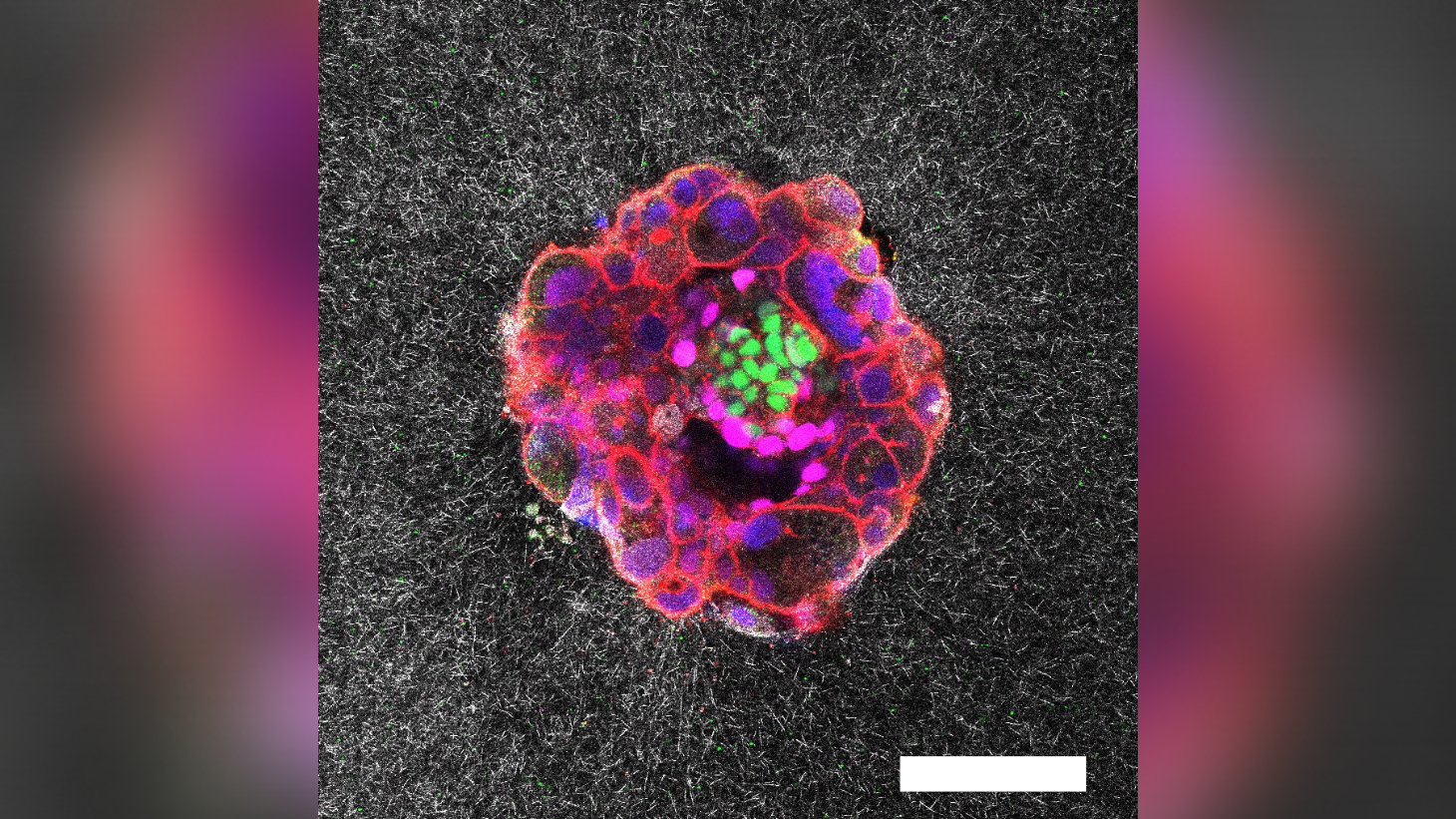Clue to Life Span Found at a Young Age

The signs of aging show up in our genes as the protective caps on the ends of packets of our DNA, called chromosomes, gradually wear away over time.
Now, scientists have found that the length of these caps, called telomeres, measured early in life can predict life span.
Using 99 zebra finches, a small bird also popular as a pet, a team of researchers in the United Kingdom measured the lengths of the telomeres found in the birds' red blood cells over the course of their lives.
They found the length of the telomeres at the first measurement, made 25 days after the birds hatched, was the strongest predictor of how long the birds actually lived.
In addition, the birds with the longest telomeres early in life, and throughout the study, were the ones most likely to live into old age, up to 8.7 years old — a "ripe old age" for a finch, said study researcher Britt Heidinger, a postdoctoral researcher at the University of Glasgow.
For relatively long-lived vertebrates, such as zebra finches and humans, aging and telomere loss appear to go hand-in-hand. And while it seems reasonable that telomere length early on could predict life span in humans, too, it's not yet certain, since no similar study has been completed in humans, according to Heidinger.
The basics of aging and telomeres
Get the world’s most fascinating discoveries delivered straight to your inbox.
Chromosomes are threadlike strands of protein and DNA (deoxyribonucleic acid), which contain the instructions to make a living thing. Each of our cells contains chromosomes, capped by telomeres, and when our cells divide — a necessary part of growth and the maintenance of our bodies — these chromosomes must be duplicated.
Telomeres serve as markers for the ends of the chromosomes. They naturally become shorter over time, because when the cell's machinery copies its chromosomes it misses the very tip of the telomere. So, every time the chromosomes are copied the telomere shrinks a little.
Eventually, with age, the telomeres shorten to a point where the cell can no longer divide, and most normal cells cease to function. Previous studies have suggested this process contributes to the deterioration associated with aging.
There is also a cancer connection. Telomeres prevent the uncontrolled cell division characteristic of cancer, but cells with short telomeres can become cancerous by evading this limit, according to Pat Monaghan, the senior researcher and a professor at the University of Glasgow.
Telomere length can vary greatly between individuals of the same age; genetic inheritance appears to play some role, as do environmental factors, which are linked to oxidative stress; it occurs when the body produces more reactive oxygen molecules than it can neutralize.
Cause of death
In order to complete the study, the birds were allowed to live out their natural lives, with blood samples taken when they were 25 days old, then 1 year old, and periodically afterward. Telomere length measured at other times during the birds' lives did not have the same strong correlation to life span as the initial measurement.
The researchers did not track the birds' eventual cause of death, but they know these did not include accidents, predators, starvation or infection.
Many other factors — damage elsewhere in the DNA, accumulating damage to biologically important molecules, reduced capacity to replace lost cells, and so on — are also implicated in aging.
The loss of telomeres may ultimately contribute to death by causing body systems to fail, but which systems and when are likely to vary, resulting in different causes of death for different individuals, they write in a study published on Monday (Jan. 9) in the journal Proceedings of the National Academy of Sciences.
"This is one piece that we have measured, there are many, many things that contribute to aging in individuals," Heidinger said. "It could be multifaceted and there could be many different causes, we are not saying (loss of) telomeres are the only cause of death."
It's not clear why youthful telomere length — measured when the birds were 25 days old, still juveniles that had not yet reached sexual maturity — appears to predict their life span, Monaghan said.
You can follow LiveScience senior writer Wynne Parry on Twitter @Wynne_Parry. Follow LiveScience for the latest in science news and discoveries on Twitter @livescience and on Facebook.

